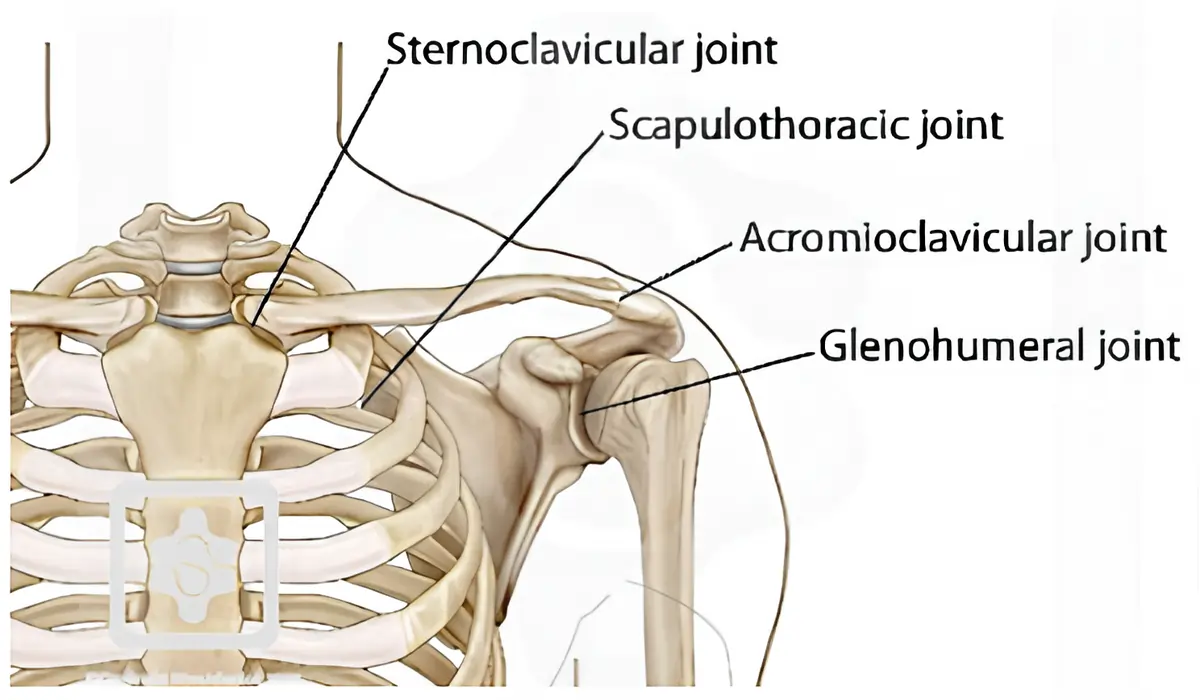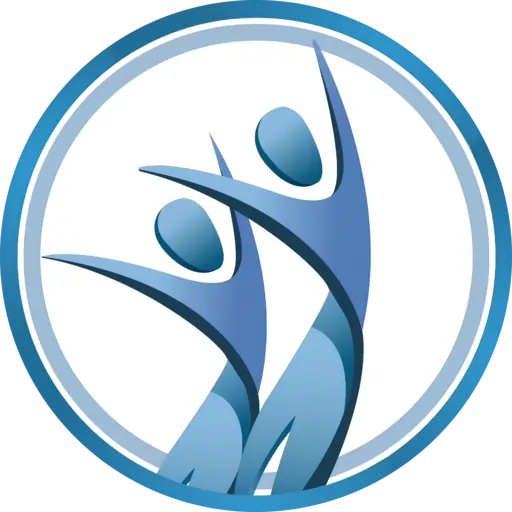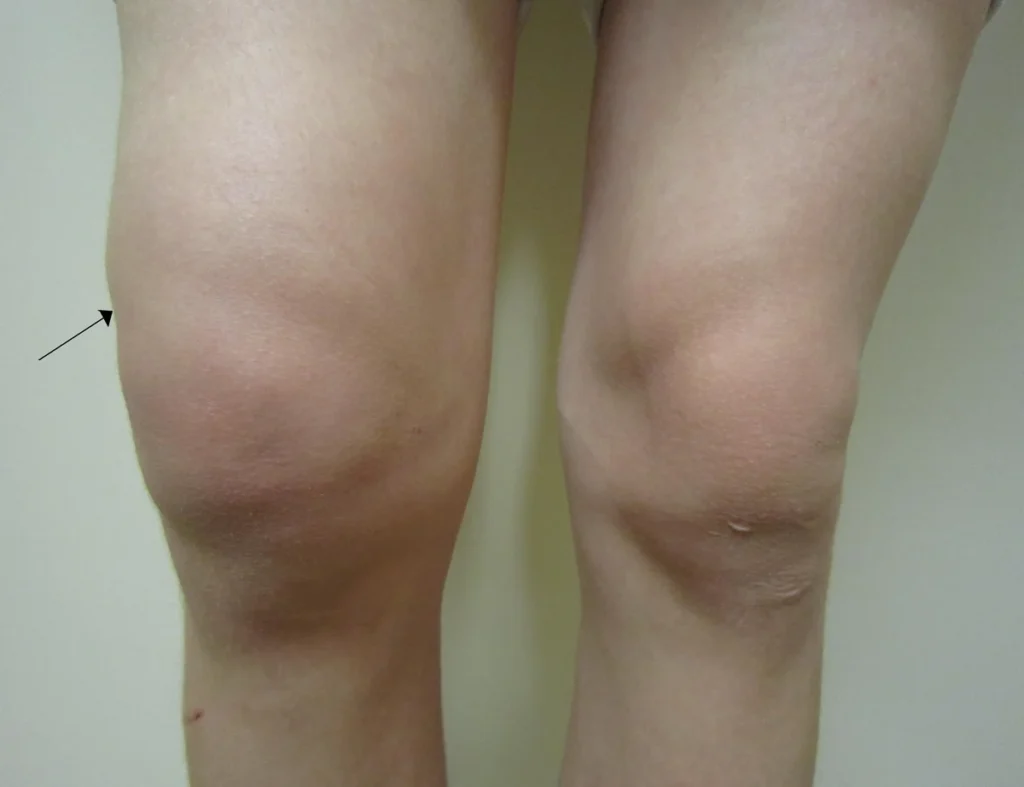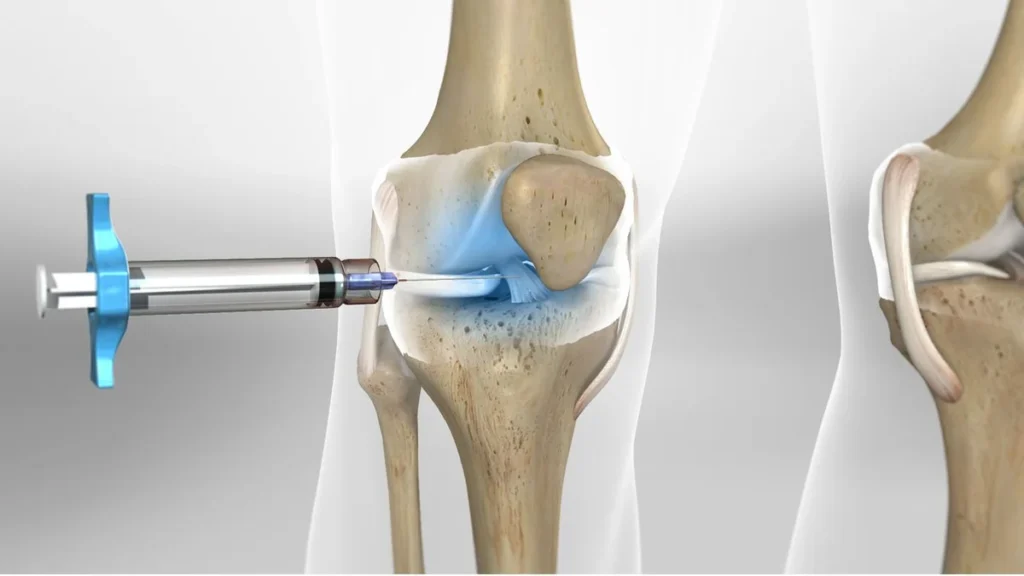In this article from the International Limb Lengthening Center of Iran, we will discuss the topic of shoulder sternoclavicular joint injury. The shoulder comprises several joints, among which the joint between the collarbone (clavicle) and the breastbone (sternum) is of significant importance. This joint can become dislocated due to impacts on the shoulder.

Anatomy of the Shoulder Joint
The collarbone or clavicle articulates with two other bones at its ends. On the medial side, the clavicle joins with the sternum, and on the lateral or outer side, it connects with the shoulder blade or scapula. The joint between the sternum and clavicle is called the sternoclavicular joint. Dislocation of this joint is rare, with half of the cases resulting from automobile accidents.
Sternoclavicular Joint Dislocation
In the dislocation of the sternoclavicular joint, the end of the clavicle that joins with the sternum shifts forward (anterior dislocation), often following an impact on the shoulder. Rarely, the clavicle end may move backward (retrosternal dislocation), causing damage to the trachea and major vessels of the chest. This type of dislocation usually occurs due to a direct blow to the joint from the front and may be associated with fractures of the upper ribs.
Symptoms of Dislocation between the Clavicle and Sternum
In this condition, the site of the joint on the inner side of the clavicle and beside the sternum becomes swollen and protrudes. The patient feels pain at the joint site, which intensifies with pressure on the area. Shoulder movements can also cause pain at the joint site. Diagnosing this injury with simple radiography is challenging, and more accurate detection requires the use of a CT scan.
Treatment of Shoulder Sternoclavicular Joint Injury
When the head of the clavicle has shifted forward, repositioning is achieved by pressing the bone backward. After repositioning, the patient’s arm is slung around their neck for two weeks. Following this period, the patient begins shoulder exercises as part of physiotherapy.
In cases where the head of the clavicle has displaced backward, an orthopedic surgeon uses special clamps to grasp the bone head and bring it forward.
Recurrent Dislocation of the Sternoclavicular Joint
Sometimes patients experience recurrent dislocation of the sternoclavicular joint. In this situation, whenever the patient moves their shoulder backward, the head of the clavicle in the sternoclavicular joint moves forward with a clicking sound, and when the shoulder is moved forward, the joint reposition itself.
In most cases, this condition does not cause serious problems for the patient and does not require specific treatment. However, in cases where this issue is bothersome to the patient, surgery is performed. This surgery involves reconstructing a new ligament at the joint site using the subclavius tendon or a part of the fascia lata.

To make an appointment or get an online consultation with Dr. Nader Motallebi Zadeh, Limb lengthening surgeon, proceed here.



